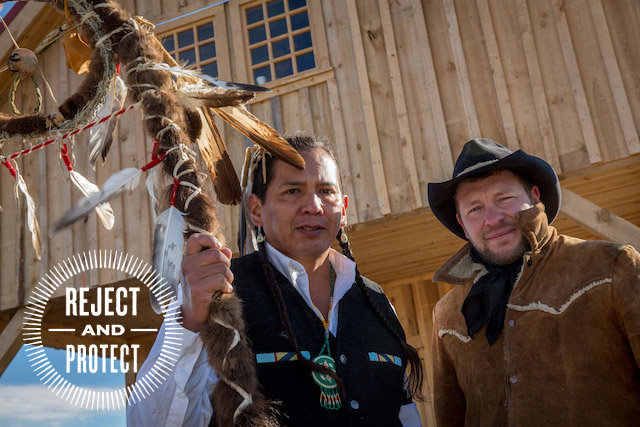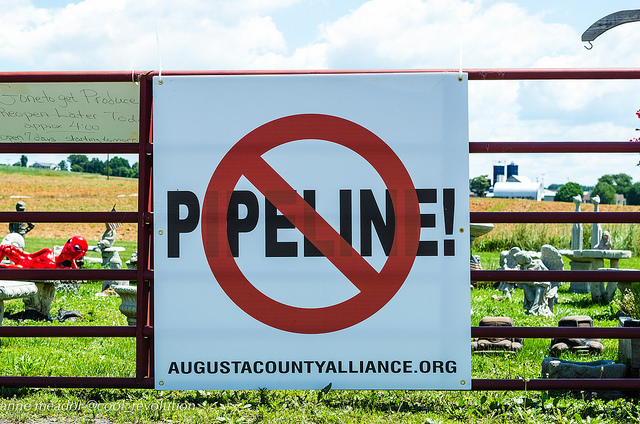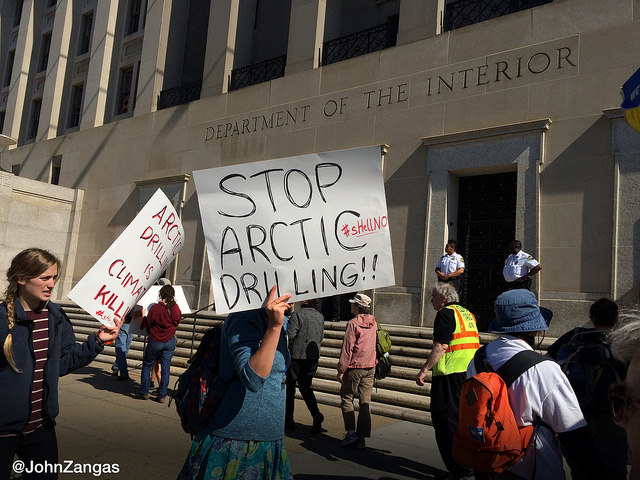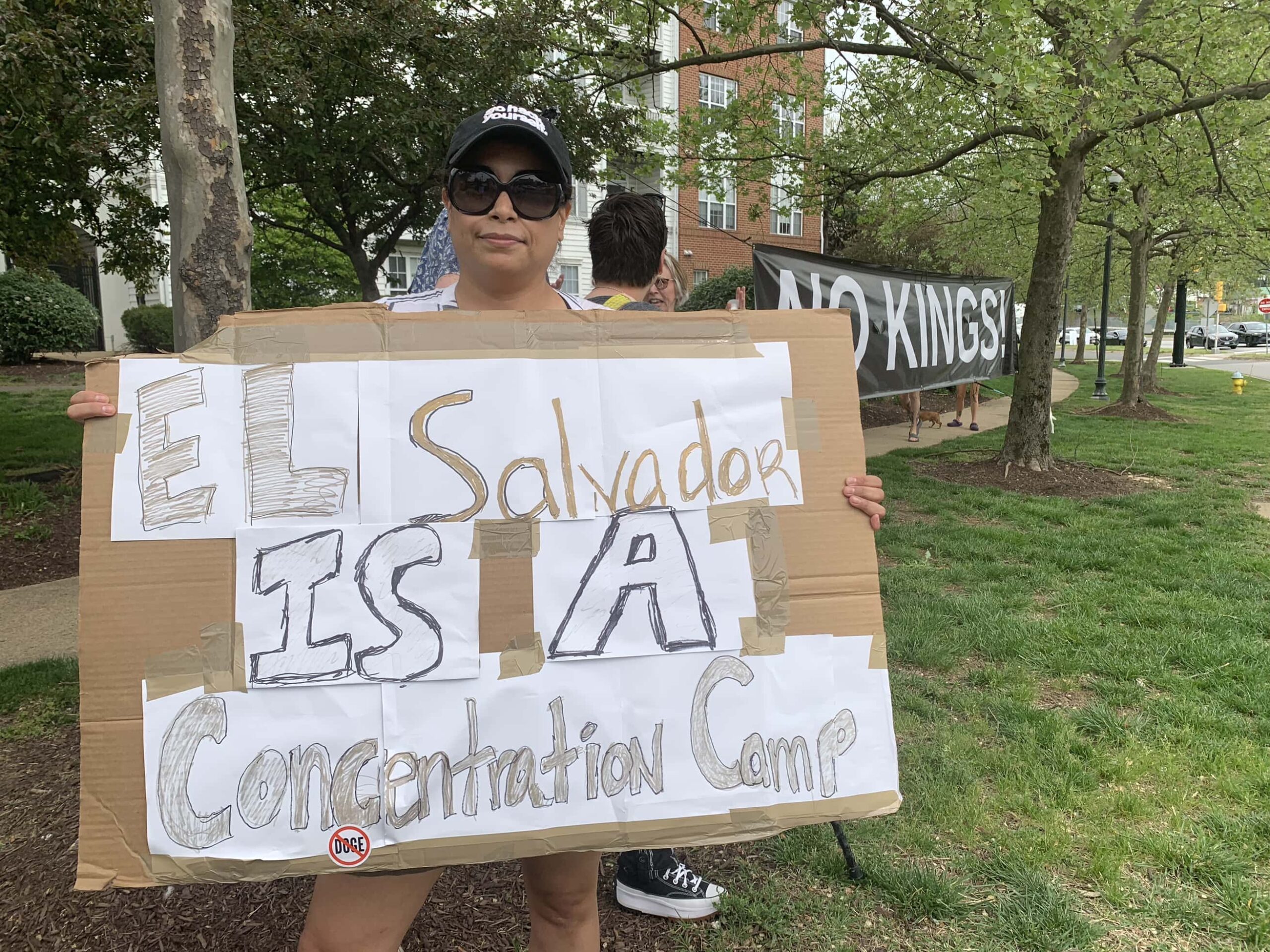By Anne Meador and John Zangas
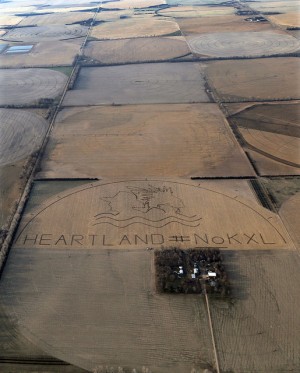
On Earth Day, April 22, ranchers and members of native communities along the proposed route of the Keystone XL Pipeline will arrive in Washington, DC to reject the pipeline and protect their land. The coalition, called the Cowboy Indian Alliance, will set up an encampment on the National Mall through April 27 to oppose the pipeline that would transport dilbit from the tar sands of Canada to the refineries of the Gulf Coast. “Reject and Protect,” as it is called, promises to be yet another major anti-Keystone XL protest.
The builder of the Keystone XL, TransCanada Corp., has applied to the State Department for a cross-border permit. Final approval rests with President Obama. “We want to tell the President that this is much bigger than protecting unions or environmentalists. It’s about protecting land, water, and homes,” says Jane Kleeb of Bold Nebraska, one of the sponsoring organizations.
Over a dozen tribes—including Sioux, Rosebud, Crow, and Yankton—will pitch fifteen tipis in front of the Smithsonian Museum of Natural History. A covered wagon will represent ranchers. Organizers expect more than 5,000 people to join the Cowboy Indian Alliance for a ceremonial procession around the Capitol on Saturday, April 26. They will then present a hand-painted tipi to the National Museum of the American Indian as a gift symbolizing their hopes for protected land and clean water. The tipi canvas and liner will be painted with tribal symbols and the finger-print signatures of tribal leaders and elders. The tipi will be formally named after the two tribal names that have been given to President Obama.
“Reject and Project” coincides with Earth Day, but it was also timed to pressure Obama just before the announcement of his long-awaited final decision on Keystone XL. But late on Friday, the State Department said that it would be delayed yet again, largely due to a Nebraska court decision invalidating legislation that empowered the governor to approve the pipeline’s path through the state. The expiration of its permit in South Dakota in June further complicates TransCanada’s bid to get the pipeline route green-lighted.
If approved, the Keystone XL would cross the Canadian border into Montana and pass through the states of South Dakota and Nebraska to join the southern leg of the pipeline in Kansas. It would traverse privately owned ranches and farms and come within yards of native lands. Crucially, it would pass over the huge Ogalalla aquifer, a major source of fresh water for drinking and irrigation. Opponents of the Keystone XL say that accidents would be a catastrophic, releasing the toxic slurry of tar sands mixed with petroleum components known as bitumen. If spilled, bitumen could despoil the land and water, ruining it for generations to come.
Among all the First Amendment assemblies on the National Mall over the decades, “Reject and Protect” may stand out as unique. For one, it will be memorable because of the participants: two groups previously at odds with each other, coming together in common cause to rout a mutual enemy, TransCanada.
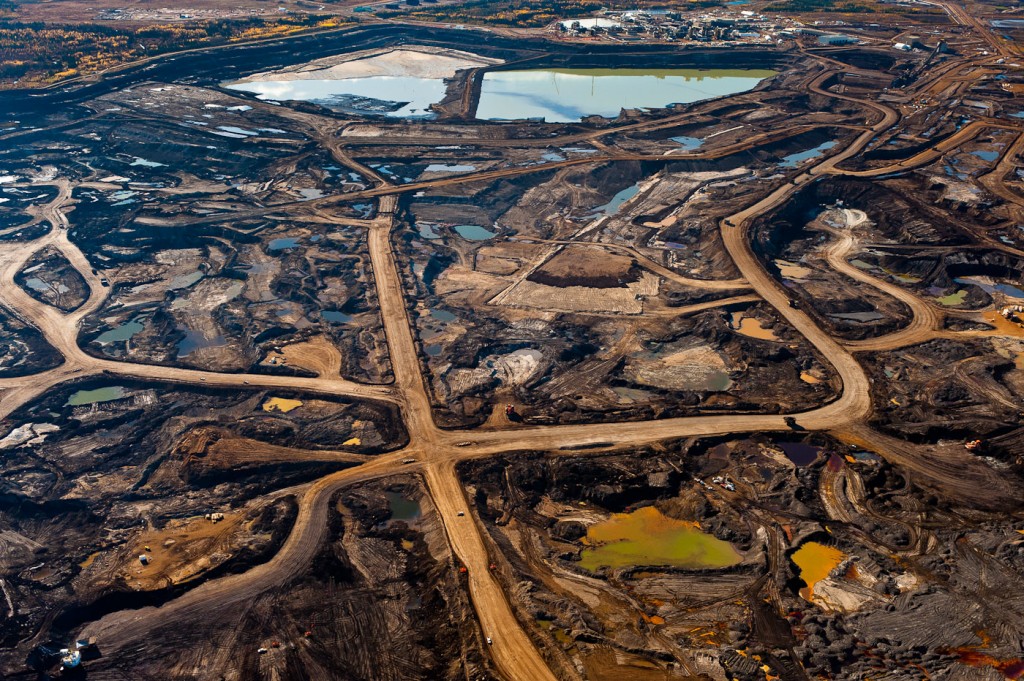
“We are writing a new history by standing on common ground by preventing the black snake of Keystone XL from risking our land and water,” says Faith Spotted Eagle of the Yankton Sioux.
The event is also significant because of its connection to past pilgrimages by Native tribes to the nation’s capital. Once again, they are coming to Washington to ask that government honor promises broken so many times in the past.
“We have thousands of Native sacred sites that will be adversely affected. The Americans facing eminent domain now know what it felt like for us to lose land to a foreign country,” Faith Spotted Eagle says.
The pipeline would cross the Ponca Trail of Tears, considered by indigenous people as sacred land. Tribes have legal rights to access water there under an 1868 treaty, according to Kleeb.
Native Americans and ranchers of the Cowboy Indian Alliance are not only protecting their own interests. In opposing the Keystone XL, they are defending all global citizens from the perils of climate change. Extraction and combustion of tar sands, the dirtiest fuel source on Earth, releases at least three times more global warming pollution than conventional oil. Chief Arvol Looking Horse, spiritual leader among the Dakota, Lakota, Nakota people, calls the tar sands “the biggest cancer spreading upon Mother Earth.”
The “Reject and Project” encampment will be located on the National Mall between 9th and 12th Streets in front of the Museum of Natural History from April 22-27. Highlights from the schedule include:
April 22, 11am: Opening Ceremony
April 23, 10am: Meetings with federal agencies
April 25, 11am: Prayer and song at Secretary of State John Kerry’s home
April 26, 9:30am: Painting of tipi; 11am Speakers on main stage; 12pm March to Museum of the American Indian
April 27, 11am: Closing Ceremony
The main event will be a procession around the Capitol to deliver a hand-painted tipi to the Museum of the American Indian on April 26 at 11am. The public is invited to participate in or watch several ceremonies, actions and events throughout the week. Learn more and join in here.
DC Media Group will provide full coverage of “Reject and Project” all week with live stream of events and updates via Twitter, Facebook and our website. On Twitter, follow @organizerx @rousseau_ist @cool_revolution @johnzangas @jamesFTinternet @nomad_newyork & @UnToldCarlisle

